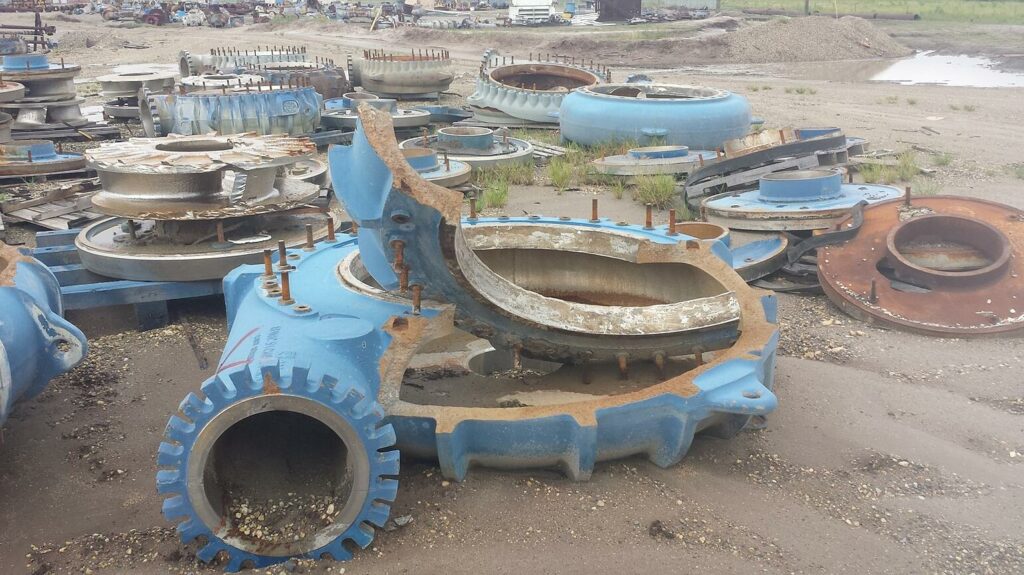Pump Cavitation
How to Avoid Loosing your Slurry Pump to Cavitation
What is Pump Cavitation
The cavitation phenomenon occurs when the static pressure at the impeller eye of the pump falls below the vapor pressure of the liquid being pumped. This results in liquid (normally water) vaporization, which forms low pressure “cavities” in the slurry. These cavities later implode, often with audible effect, causing physical stress and potential damage to the pump metal in the area of the implosion.
The simplest concept of cavitation is to visualize the slurry entering the rotating impeller through the eye. Each impeller vane terminates at the periphery of the eye at the front shroud. As long as there is adequate suction head to keep the slurry in close contact with the trailing surfaces of the moving vanes, all is well; however, as RPM increases and vane velocity at the eye periphery(commonly called eye speed) exceeds the ability of the slurry to keep pace, the vane “runs away” from the slurry, forming cavities water vapor, i.e., cavitation.
How to Avoid Pump Cavitation
Cavitation can devastate the performance of a hydraulic dredge. The operator should obtain well-designed pumps with matched drives, and to operate within their capabilities. He should also recognize the following principles:
1. The ability of a dredge pump to create vacuum is reduced as eye speed increases
2. Normal impeller eye speed should not exceed 42 ft/min (12.8 m/min).
3. The eye diameter should not exceed the inside diameter (ID) of the suction line; it is acceptable practice to make it the size of the discharge line inside diameter.





